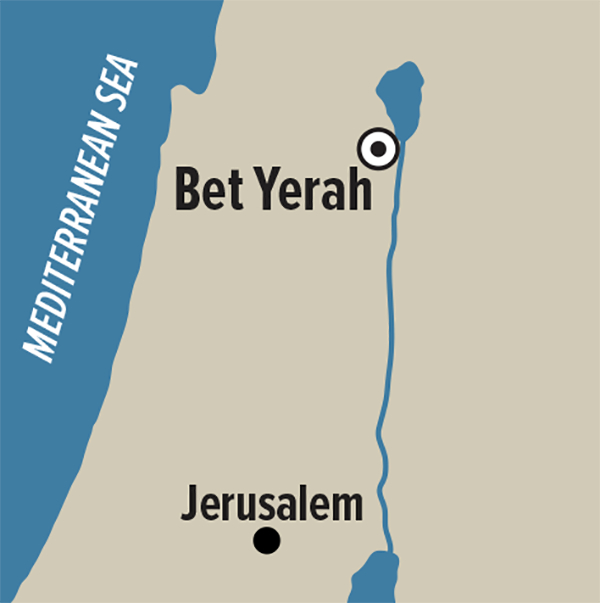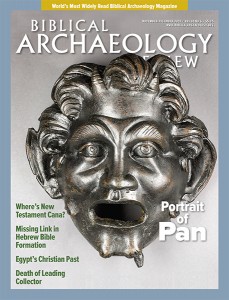New Dig Reports: Galilee in the Early Bronze Age
During the Early Bronze Age, the land of Canaan (the Southern Levant) underwent a process of urbanization. It was during this period that fortified cities emerged and Canaanite sites began to interact with Egypt.
Bet Yerah: The Early Bronze Age Mound, vol. 2, Urban Structure and Material Culture, 1933–1986 Excavations. IAA Reports 54
By Raphael Greenberg (Jerusalem: Israel Antiquities Authority, 2014), 312 pp., $30 (paperback)
Tel Bet Yerah (Khirbet Kerak), best known for its Early Bronze Age remains, rests on the southwestern shore of the Sea of Galilee. William F. Albright—the father of modern Biblical archaeology—once remarked that Bet Yerah was “perhaps the most remarkable Bronze Age site in all Palestine.” This thorough volume edited by Professor Raphael Greenberg of Tel Aviv University shows that Albright was on to something.

Not only was Bet Yerah one of the first fortified cities in its region (c. 3000 B.C.E.), but it also developed unique interactions with its neighbors to the north and south, such as Egypt. Additionally, migrant communities from the South Caucasus region, who came to the site around 2800 B.C.E., manufactured Khirbet Kerak Ware, a distinctive form of pottery first discovered by modern archaeologists at Bet Yerah.
Already a library member? Log in here.
Institution user? Log in with your IP address.

